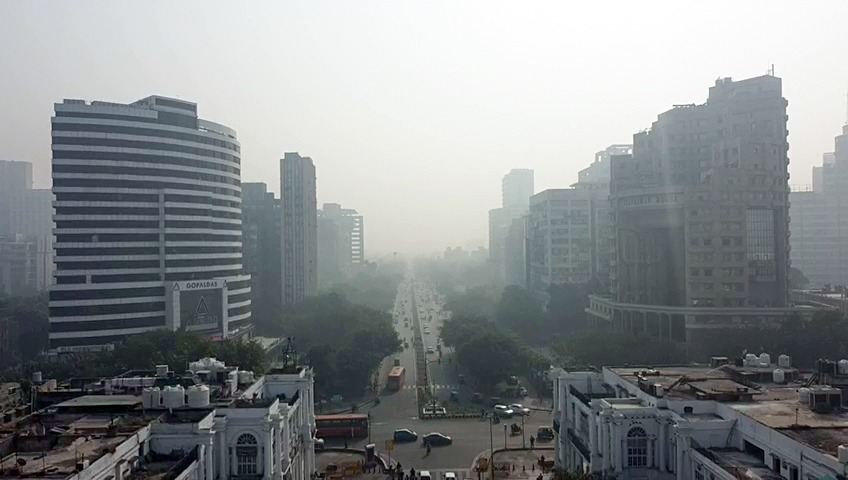In recent times, a disheartening trend has emerged across cities worldwide—a loss of distinct character that once defined urban landscapes. Whether you stroll through the bustling streets of a metropolis or wander the alleys of a historic town, the visual tapestry seems to blur into a disconcerting sameness. What has led our cities to this state of homogeneity, lacking the unique charm and identity they once possessed?
One striking observation is the apparent chaos and lack of planning that pervades urban spaces. The haphazard sprawl of buildings, seemingly unplanned infrastructure, and the presence of unsightly drains crisscrossing the landscape contribute to a sense of disorder. Cities that were once known for their historical richness and cultural uniqueness now mirror each other in a disorienting fashion.
Take, for instance, the city of Kanchipuram, renowned for its exquisite sarees and ancient temples or Mathura or Vrindavan, famous for their religious characteristics Despite their cultural significance, a visit to these cities might leave you questioning whether you are in this historic city or any other urban center. The erosion of the distinct character of such cities raises the crucial question: Is it a failure of planning, and if so, where did we go wrong?
One of the primary factors contributing to the loss of character in cities is indeed urban planning—or the lack thereof. Rapid urbanization often outpaces the ability of city planners to create spaces that preserve historical and cultural identity. The unchecked expansion of concrete jungles, driven by a growing population and economic demands, results in a landscape that prioritizes functionality over aesthetics and historical preservation.
As we look back, it becomes evident that we missed the bus at crucial junctures of urban development. The failure to integrate sustainable planning, preserve historical architecture, and create spaces that reflect the unique identity of each city has led to a generic urban environment. The race for modernization has sometimes come at the expense of the very essence that makes a city special.
In addressing this issue, there is a need for a paradigm shift in urban planning. Emphasizing sustainable development, preserving historical landmarks, and fostering a sense of community are essential steps to revive the character of our cities. Encouraging public participation in the planning process can ensure that the collective memory and identity of a city are not sacrificed in the pursuit of progress.
The loss of character in our cities is a multifaceted challenge, stemming from unplanned urbanization and a failure to integrate historical preservation into development strategies. Recognizing the importance of each city’s unique identity and taking deliberate steps to preserve it will not only enhance the aesthetic appeal of urban spaces but also contribute to a more meaningful and culturally rich urban experience. It’s time to reevaluate our approaches to urban planning and ensure that our cities regain the character that makes them truly exceptional.
Hitesh Vaidya is former Director, National Institute of Urban Affairs.

